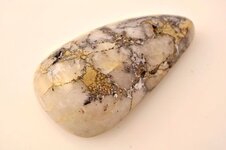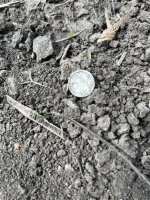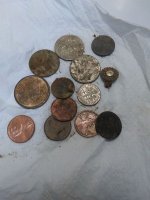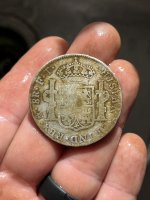Old
Hero Member
Just a question for clarity.
Back in the day, when claim documents were filed for distance purposes did they use straight line distances or contour distances? In other words was it as the crow flies measured or up and down the ridges?
Back in the day, when claim documents were filed for distance purposes did they use straight line distances or contour distances? In other words was it as the crow flies measured or up and down the ridges?





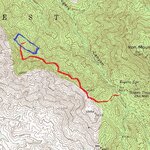
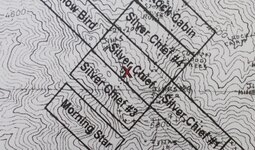
 t again! But you make good sense, ...again!
t again! But you make good sense, ...again! 
